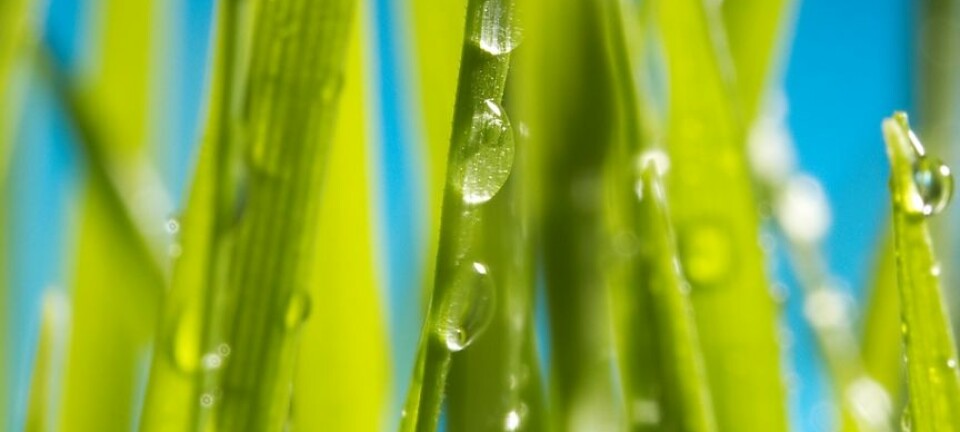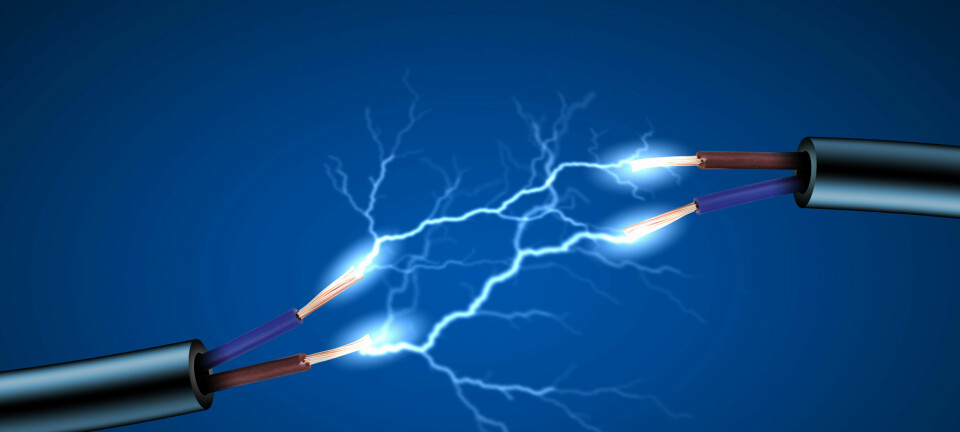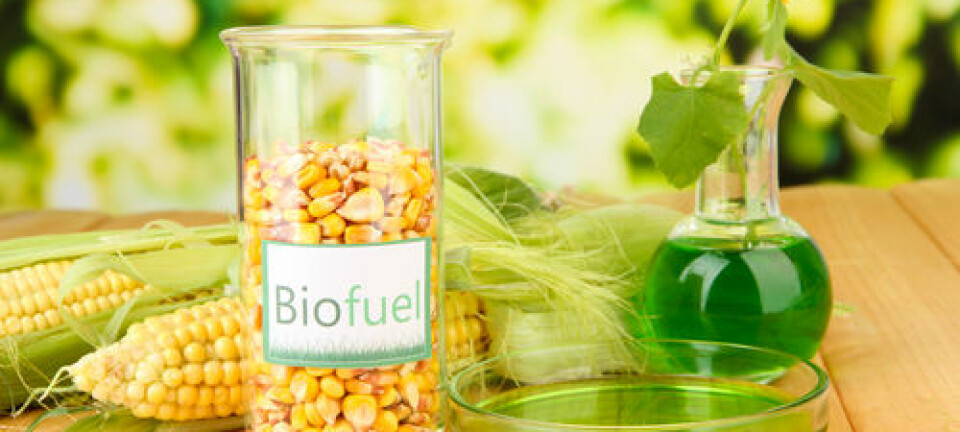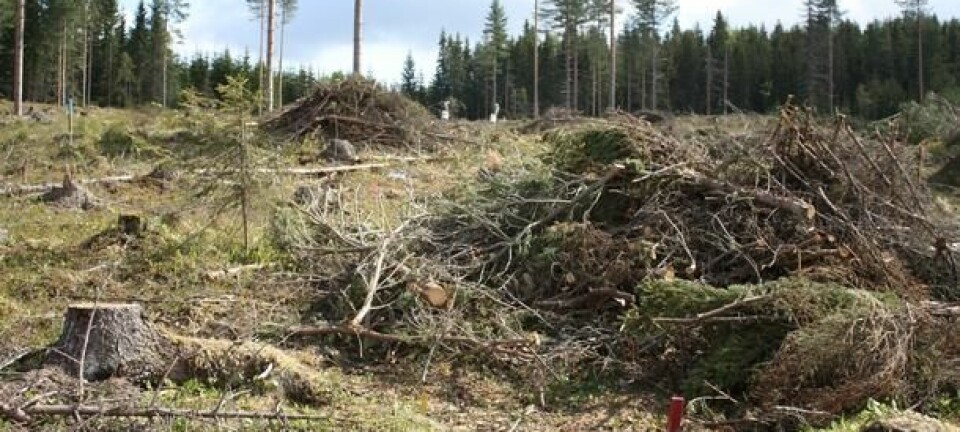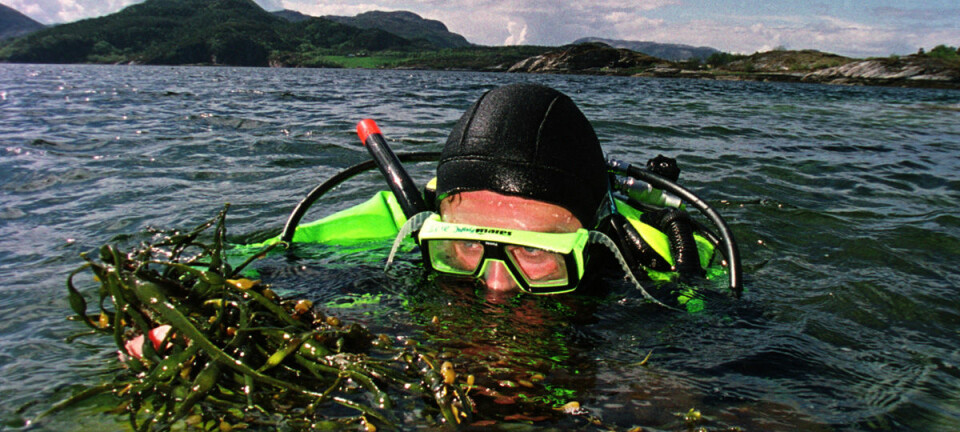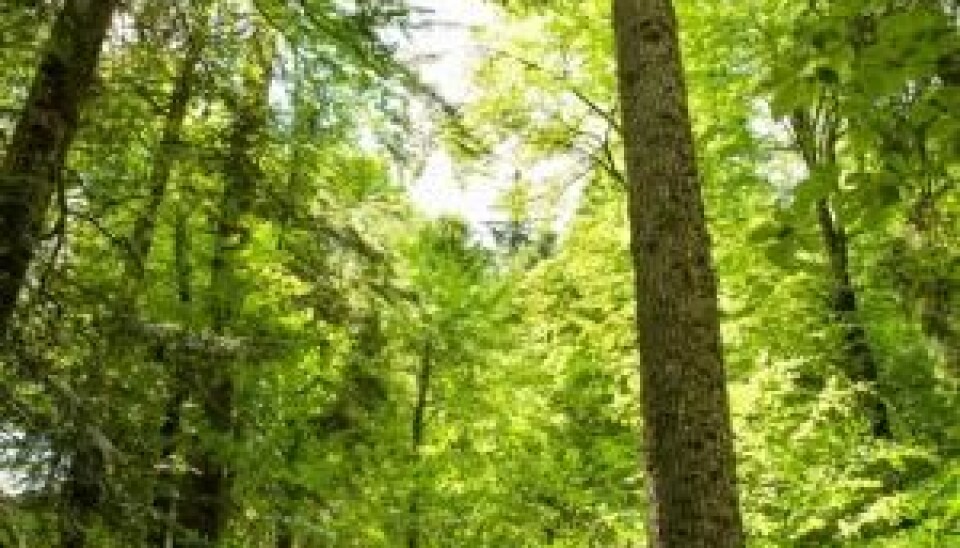
Scientists discover ‘reverse photosynthesis’
Sunlight combined with a special enzyme breaks down the chemical bonds in plants. It is called reverse photosynthesis and has industrial applications, say scientists.
Scientists have discovered a natural process where energy from sunlight breaks down plant material rather than creating it.
The new discovery could streamline industrial processes that break down chemical bonds, such as production of bioethanol fuels from organic material.
“This discovery is a game changer,” says co-author Professor Claus Felby from the Plant Science Centre, University of Copenhagen, Denmark, in a press release. “It may change the industrial production of fuels and chemicals, and significantly reduce pollution.”
Sunlight breaks down cellulose
The discovery of reverse photosynthesis, where sunlight breaks down plant material instead of creating it, is published in Nature Communications.
Felby and his colleagues discovered the process during their research into chlorophyll--the pigment that gives plants their green colour.
During photosynthesis, chlorophyll uses energy from sunlight to make cellulose--an organic material that forms the walls in plant cells. It consists of closely spaced chains connected by hydrogen bonds.
The scientists behind the new research discovered that the opposite also occurred when they added an enzyme called monooxygenases, which allows chlorophyll to break the chemical bonds in cellulose.
“We call it ‘reverse photosynthesis’ because the enzymes use oxygen from the atmosphere and sunlight to break down and transform plant carbon bonds, instead of creating them and producing oxygen--which is what we typically understand with photosynthesis,” says co-author Klaus Möllers, from Department of Biology, University of Copenhagen, in a press release.
More efficient biogas production
Monooxygenases are natural enzymes, which already use fungi to breakdown plant material. But the process takes a long time and requires a lot of energy. Reverse photosynthesis could speed up the process and revolutionise industrial production of fuels and chemicals.
But Peter Westermann from the Department of Sustainable Biotechnology at Aalborg University, Denmark, is more cautious.
“They’ve demonstrated the process in the laboratory and it’s an incredibly exciting basic-scientific discovery,” says Westermann, who was not involved in the new study.
“But it’s one thing to do it in a lab and it’s quite another to use it in industrial processes, where you convert straw to bioethanol, for example. They need to do a lot of developmental work and personally, I doubt if it is profitable,” he says.
Sunlight cannot penetrate a ton of straw
To make bioethanol from straw you need to first chop it up and grind it, and mix it with water in a large tank. It is not viable to use sunlight in the current set-up to optimise production, says Westermann, as it is unlikely that sunlight could penetrate very far into this straw mush.
“It’s possible that you could apply this discovery to other biotechnologies to break down chemical bonds,” he says.
----------
Read the Danish version of this story on Videnskab.dk
Translated by: Catherine Jex
